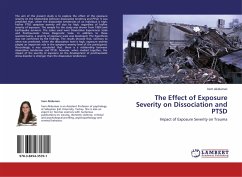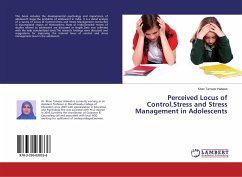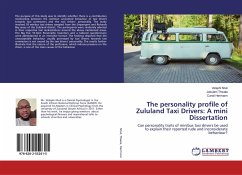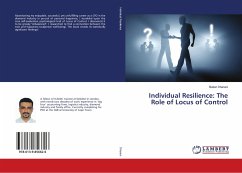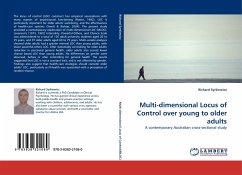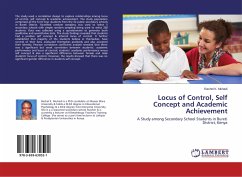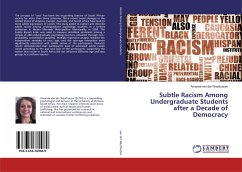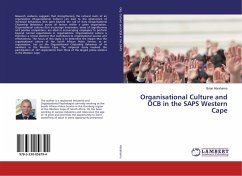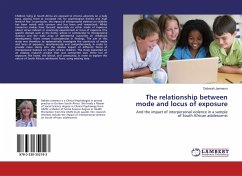
The relationship between mode and locus of exposure
And the impact of interpersonal violence in a sample of South African adolescents
Versandkostenfrei!
Versandfertig in 6-10 Tagen
36,99 €
inkl. MwSt.

PAYBACK Punkte
18 °P sammeln!
Children living in South Africa are exposed to chronic adversity on a daily basis, placing them at increased risk for psychological distress and high levels of fear. In particular, the impact of interpersonal violence on children has been noted with concern and has been well researched. Whilst numerous studies have focused separately on either mode of exposure (direct versus indirect or vicariously experienced) or locus of exposure (the specific domain such as the home, school or community) to interpersonal violence and the wide array of detrimental outcomes on childhood development, there rem...
Children living in South Africa are exposed to chronic adversity on a daily basis, placing them at increased risk for psychological distress and high levels of fear. In particular, the impact of interpersonal violence on children has been noted with concern and has been well researched. Whilst numerous studies have focused separately on either mode of exposure (direct versus indirect or vicariously experienced) or locus of exposure (the specific domain such as the home, school or community) to interpersonal violence and the wide array of detrimental outcomes on childhood development, there remain inconsistencies in findings. The aim of this study was therefore to systematically investigate the constructs of mode and locus of exposure, simultaneously and comprehensively, in order to provide more clarity into the relative impact of different forms of interpersonal violence on South African children. The study expanded on an existing research project that was conducted over three loci of exposure: the home, the school, and community, in order to explore the nature of South African adolescent fears, using existing data.




